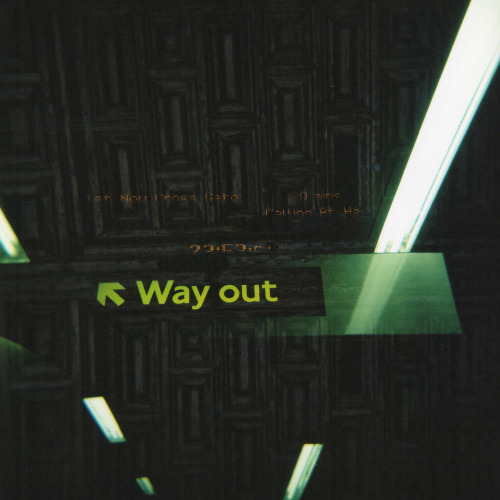 Typically a good way to start these things is to have a rough idea of genre, but this is … not forthcoming. Possibly drone, possibly sound-art, possibly conceptual composition … the blurb has it that Greg Davis‘s New Primes “uses prime number sets to explore an integrated harmonic, rhythmic, and formal space in just intonation”. Right you are then.
Typically a good way to start these things is to have a rough idea of genre, but this is … not forthcoming. Possibly drone, possibly sound-art, possibly conceptual composition … the blurb has it that Greg Davis‘s New Primes “uses prime number sets to explore an integrated harmonic, rhythmic, and formal space in just intonation”. Right you are then.
It being just intonation, all of the intervals here are lovely and smooth — beating is usually fairly regular and the various transitions between … I guess represented prime number spaces? … are never dotingly dissonant. It might sit near to drone, but there’s nothing like drone music’s stasis. I’m reminded of a more sedate and rounded version of Jakob Kirkegaard‘s Labyrinthitis — a few tones shifting through intervallic relationships in an unhurried but substantial fashion.
The label, Grayfade, has spared no effort in making a gorgeous sleeve — possibly reflecting the contents, insofar as it’s on the edges of minimalism but has enough details to avoid being asinine. My suspicion, given the press release, is that there’s someone with a raging hard-on for typesetting in their design team and frankly, I’m here for it. I too have said hard-on. What I might like a wee bit more of is detail on the construction — while I can understand letting these sludgy sound-worlds evolve from out of their intervals, I’d be interested to know how the primes were converted into sound; I can see from a quick search that opener “Sophie Germaine” almost certainly relates to the Sophie Germaine primes (2, 3, 5, 11, 23, 29, 41, … [prime number p where 2p + 1 is also prime]) but without further information I’m not clear if those have been converted to hertz values or if there’s further applications.I can entirely understand not wanting to give the magic away — and it is a gorgeous sound — but I’m struck by wondering what kind of coercion and rationalisation is necessary to keep them within just intonation parameters. That can probably be categorised under “nerds gonna nerd” though. The key thing here is that this is definitely a weird and beguiling set of pieces, all succinct and tantalising — would be very easy to loop just one for a whole hour, but Davis has clearly been quite strict with his unfurling of each prime in sound.
If the maths-ness of it turns you off then it’s just a lovely set of miniatures; if nerding out over sonification mysteries is your thing, then you may very well fill your boots right god-damn here.-Kev Nickells-



